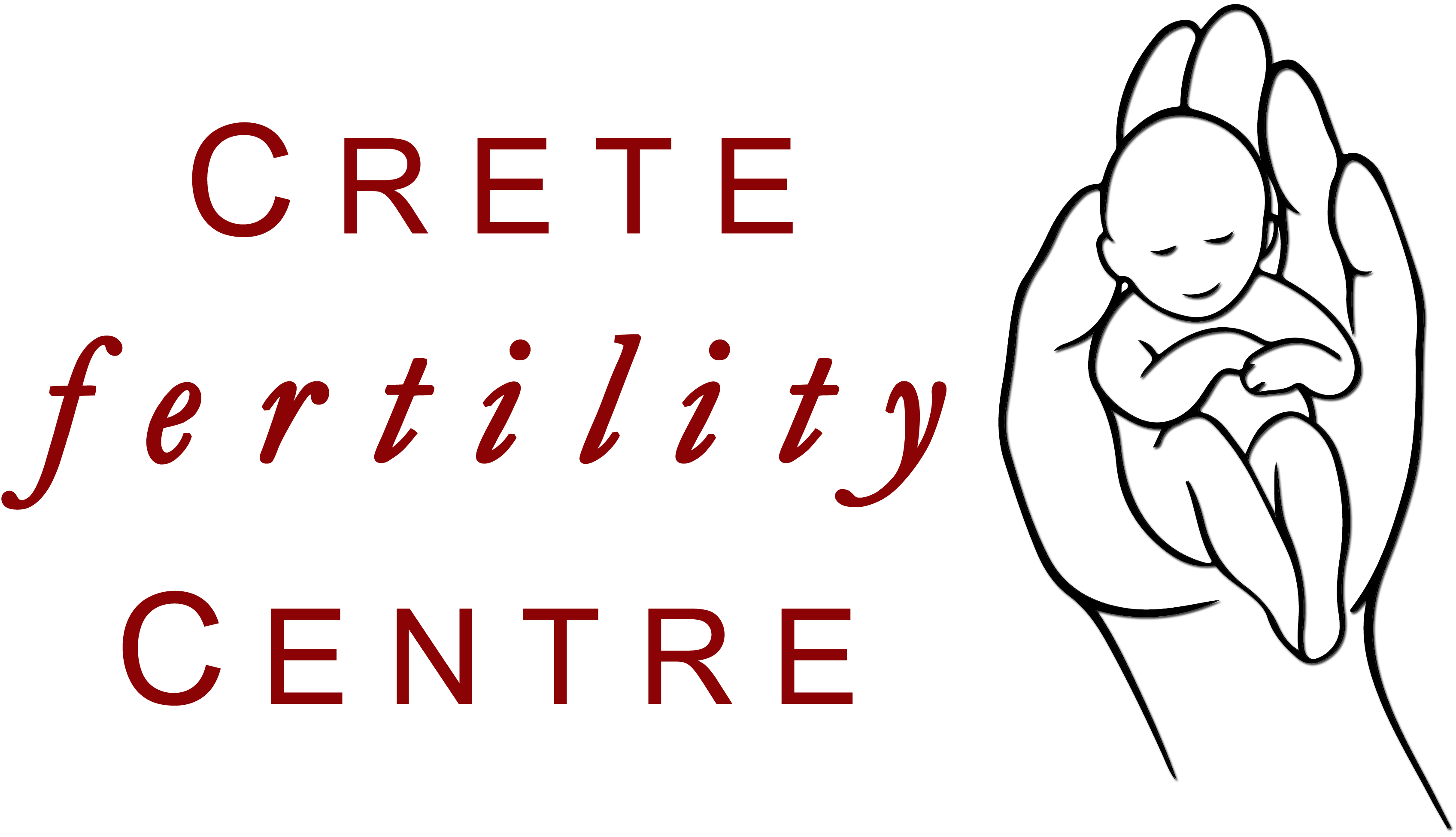Hysteroscopy
Hysteroscopy uses a hysteroscope, which is a thin telescope (an optical instrument connected to a video unit with a fiber optic light source) that is inserted through the cervix into the uterus. Modern hysteroscopes are so thin that they can fit through the cervix with minimal or no dilation. Although hysteroscopy dates back to 1869, gynaecologists were slow to adopt hysteroscopy.
Because the inside of the uterus is a potential cavity, like a collapsed air dome, it is necessary to fill (distend) it with either a liquid or a gas (carbon dioxide) in order to see. Diagnostic hysteroscopy and simple operative hysteroscopy can usually be done in an office setting. More complex operative hysteroscopy procedures are done in an operating room setting.
For example, hysteroscopy can detect fibroids (myomas) on the wall of the inside of a uterus. Fibroids like this can cause severe cramping (dysmenorrhoea), heavy menstrual periods (menorrhagia) and bleeding between periods (metrorrhagia.) These are quickly and accurately diagnosed by hysteroscopy. Hysteroscopy can also be used to remove polyps, to cut adhesions, and do other procedures. In CFC we usually perform it before starting the IVF treatment, to be sure that the uterine cavity is normal.
These myomas can be removed using a special kind of hysteroscope called a resectoscope.
By being very gentle and using local anaesthesia, there is usually minimal discomfort during hysteroscopy. Most women are able to get up and return to their normal activities immediately. If someone is very anxious, it is possible to give a short acting sedation intravenously. This makes it very unlikely that the procedure will be uncomfortable.




